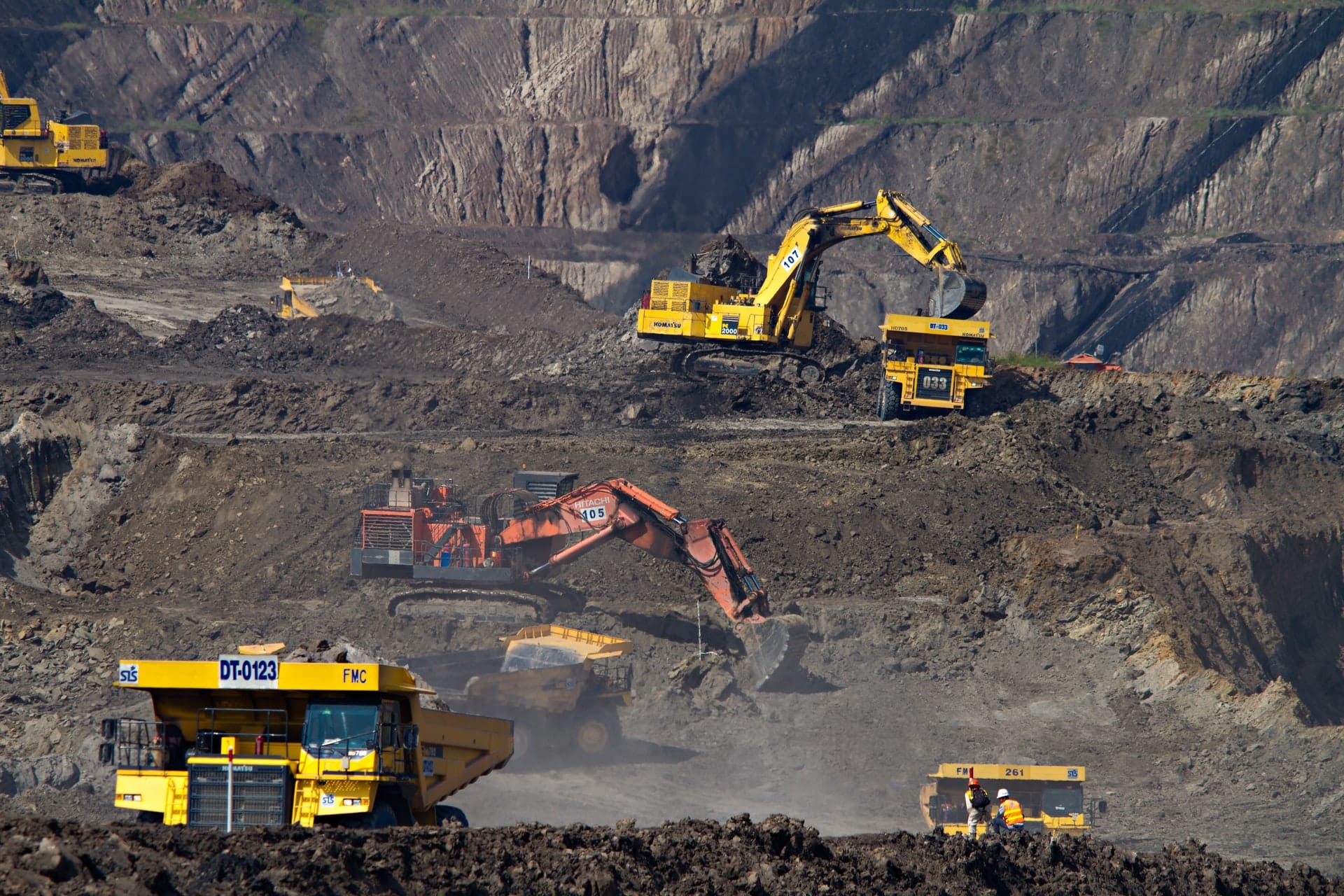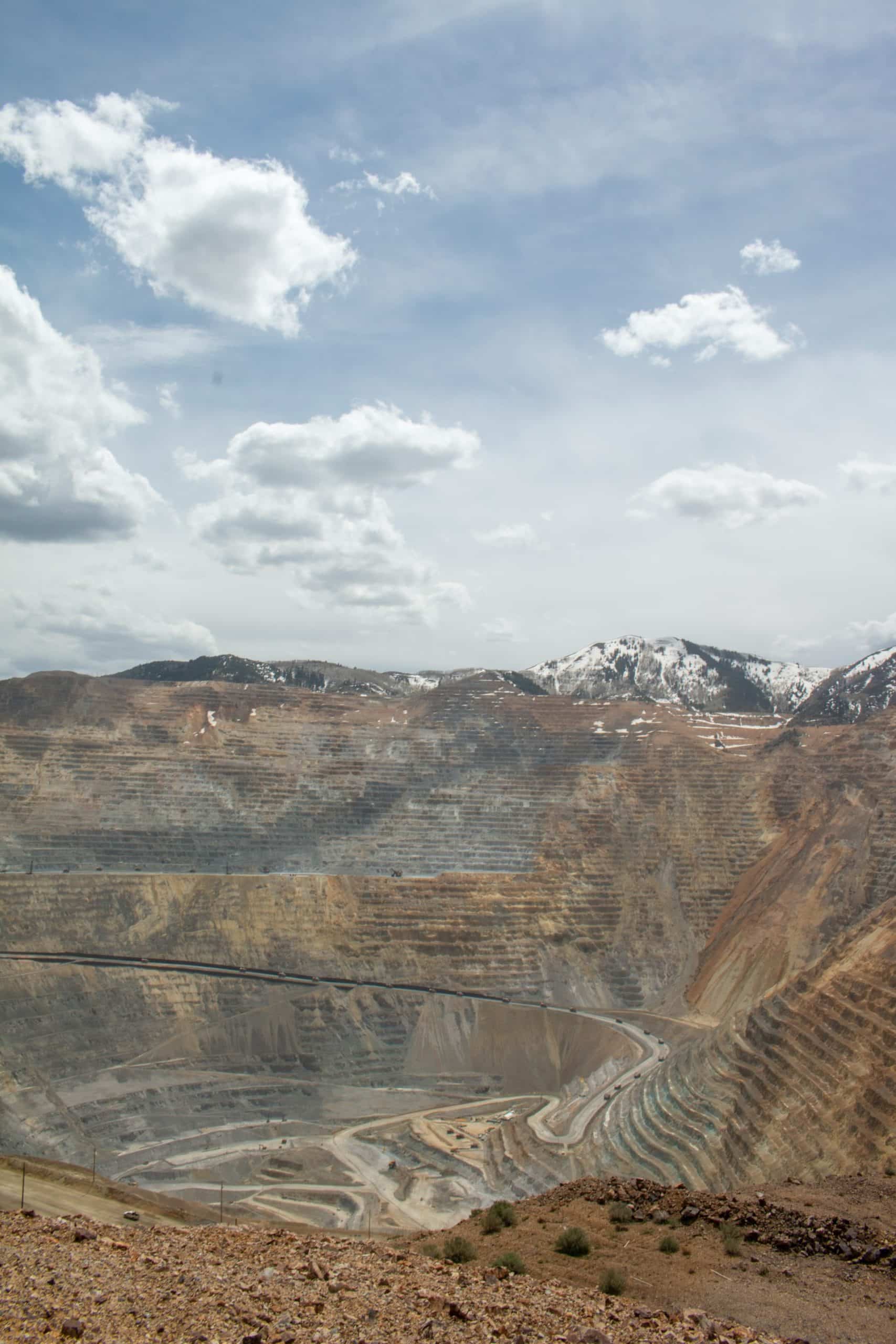South America is the backbone of the mining industry in the Western Hemisphere. South America is rich in silver, gold, copper, iron ore, coal, and petroleum. The mining industry in South America has undergone significant changes over the past ten years, helping the industry modernize while providing more efficient, more environmentally friendly operations.
Hector Sosa Flores, a mining expert, describes how South America’s mining industry has made positive changes to protect its future and provide more raw materials to a world in need.
IMAGE: UNSPLASH
The Uses Of Precious Metals
Gold, silver, and copper are well-known for their use in currency and jewelry. Other precious metals are equally valuable in today’s manufacturing arena. Titanium and platinum are used in large quantities in electronics manufacturing, comprising part of the smartphones and computers that we use every day.
Precious Metal Locations In South America
Brazil is the leading producer of gold in South America. Deposits in the Amazon basin account for much of the output. Colombia has a significant gold deposit in the Atrato River basin. The central Andes of Peru and the Andes of Chile are other areas where gold is mined.
Peru is one of the world’s largest silver exporters. These mines have decreased in production since the early 1970s. Ecuador’s silver comes from the Andes. Colombia, Bolivia, and Argentina also have deposits of this metal. Platinum is found in Colombia and Peru.
New Mining Techniques
The mining industry has adapted to a shrinking workforce by enhancing its efficiency. Fewer workers can now run a precious metals mine, and there is less waste. Miners have begun recycling more materials, and as a consequence, the mines have become more environmentally friendly.
Environmental Changes
Environmental regulations have been the driving force behind many of these changes. Open-pit mining is still common, but regulators are looking for ways in which it can be made less polluting and have a lower impact on the surrounding environment.
Some of the ways in which mining can be made environmentally friendly include reducing inputs and outputs. Mining uses a vast amount of water and land in its operations. It also discharges significant volumes of waste. This waste must be disposed of properly since some of it could be toxic to humans and wildlife.
Hector Sosa Flores believes that mines can also reduce their use of electricity and fossil fuels by using solar and wind power. They can buy more efficient equipment that does not waste gas and oil. The large amount of heavy machinery used in most mines produces a great deal of environmental pollution.
Closing and reclaiming shut-down mines is another important safety step and one that will benefit the environment. Often shut-down mines have dangerous waste onsite which can leak into the soil or water. Shut-down mines can also attract illegal miners.
Employee Diversity
Many mines are beginning to see more diversity in their workforce. Miners will need to be able to hire workers without gender discrimination and to make their mines less homogenous. This is in keeping with labor trends throughout the continent. Mining has been a male-dominated profession in most of the world, but the skills and talents of women miners should not be overlooked.
Upcoming Changes
The mining workforce must be prepared for the digital age. As the use of advanced technologies like autonomous vehicles matures, the profile of the mining workforce could possibly change by as much as 80 percent by the year 2024.
The adoption of AI and machine learning may mean that machinery can make more independent movements within the mine. These mining machines will need fewer employees to run, and they will take over some of the dangerous work that employees have traditionally performed.
Miners will need to be able to hire employees that can adapt to changing technologies, and they will need to invest in training programs for existing employees. Frequently mining employees are itinerant, meaning that they move from place to place to follow the work, and live in company housing.
The increasing technical complexity of mining means that certain mines will want to hang onto their employees for longer periods of time, leading to possible problems with worker retention. If these employees are treated fairly and well-compensated, mining companies will find that their employees are able to adapt to changing conditions.
Changing Mining In South America
As South American precious metal output remains high, there is the potential for significant market growth. Using more efficient techniques to extract valuable and useful materials from the earth will mean that there is a lower environmental impact for the industry.
Workforces will need to be retrained to use complex equipment, and safety and health issues will be improved. Finally, environmental steps need to be taken to protect South America’s population and ecosystems. Hector Sosa Flores believes that the South American precious metals mining industry is up to the task of moving forward into the millennium.


COMMENTS